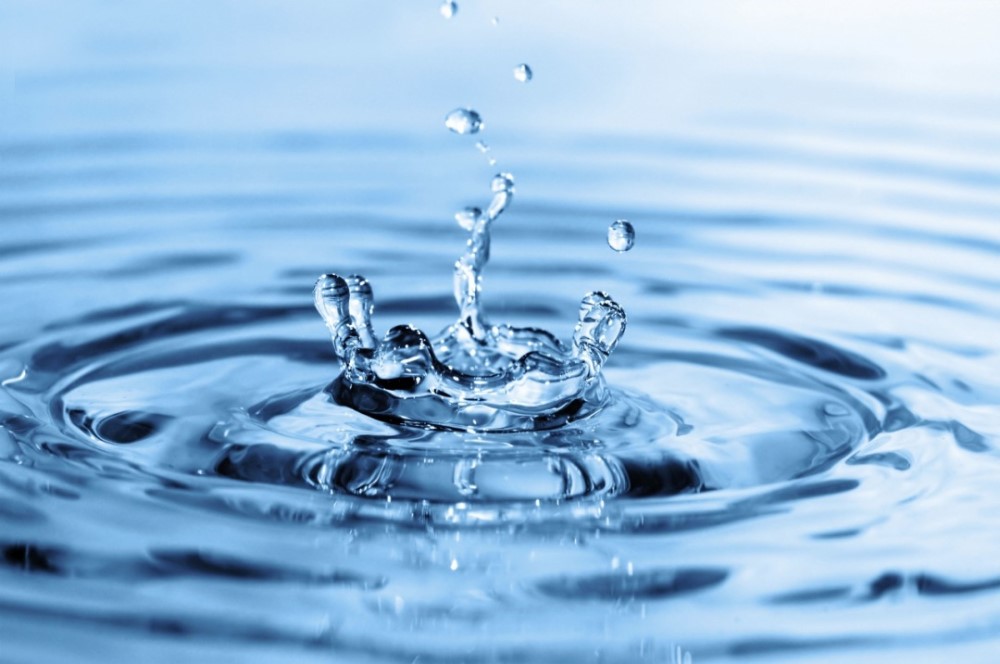Did you know that?
Green walls reduce the demand for internal air conditioning in buildings while providing islands, natural habitats, and small urban wildlife. It also improves air quality and lowers heat islands through the creation of a microclimate.
Did you know that?
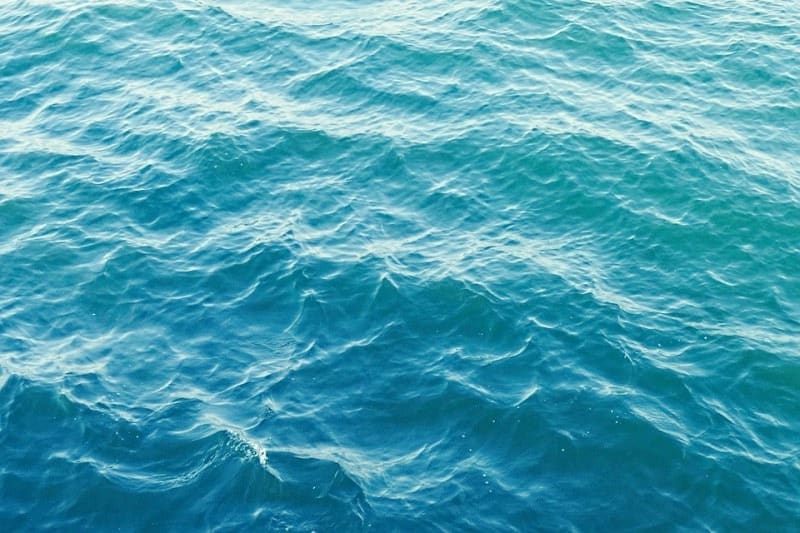
Sea levels could rise by 16 to 88 cm by 2100, leading to an expansion of flooding on coastal territories and low-lying islands. Currently, 380 million people live in the coastal zone below 10 metres in altitude.
Did you know that?
In 2009, there were 67 days with poor air quality in Montréal (concentration greater than 35 µg/m3 of fine particles). There were also 36 smog warnings. (Source: Réseau de surveillance de la qualité de l’air, 2009 report).
Did you know that?

Montrealers really like to use cars in Canada. Barely 29% of Montrealers who live within five kilometres of downtown use their cars for all their trips. (Source: Statistics Canada, Canadian Social Trends, number 85, 2008).
Did you know that?
Low air quality has significant effects on human health. Rising temperatures in Quebec will have an impact on air pollution, including ozone, suspended particulate matter and pollen concentrations.
Did you know that?
In 2000, Quebec had about half of the private pools in Canada.
Did you know that?
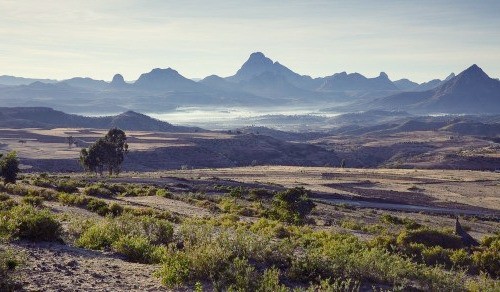
If temperatures rise by more than 2° Celsius in sub-Saharan Africa, an additional 600 million people in the region could face hunger, new epidemics of mosquito-borne diseases and further agricultural losses of up to US$26 billion by 2060.
Did you know that?
The St. Lawrence River accounts for 40% of Quebec’s renewable freshwater and alone supplies drinking water to 45% of its population. (Source: Ministère du Développement durable, de l’Environnement et des Parcs, 2003).
Did you know that?
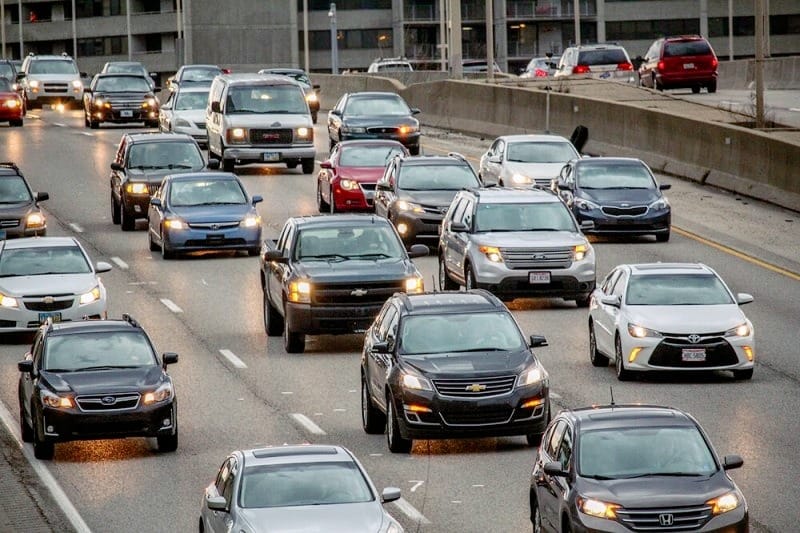
Among the various means of transportation, the automobile generates the most greenhouse gases. For example, a car with only one person onboard generates nearly 9 times the amount of CO2 attributable to a bus with 40 people on board. (Source: Ministère des Transports du Québec, 2000).
Did you know that?
An Environmental Canada study shows that green roofs, even in small areas, can help reduce the temperature of cities by 1°C to 2°C.
Did you know that?
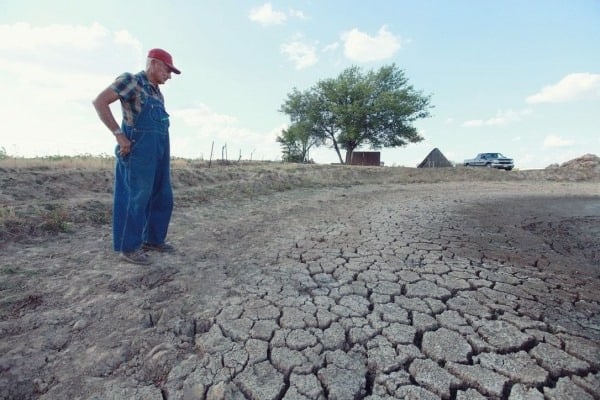
From 1900 to 2010, 48 droughts were recorded in Canada, including 5 in Quebec. Climate change could make them more frequent.
Did you know that?
According to the Intergovernmental Panel on Climate Change (IPCC), there is a 95% probability that current global warming is due to human activity.
Did you know that?
380 million people live in the coastal zone less than 10 metres above sea level and will have to abandon their territory if the sea level rises as predicted.
Did you know that?
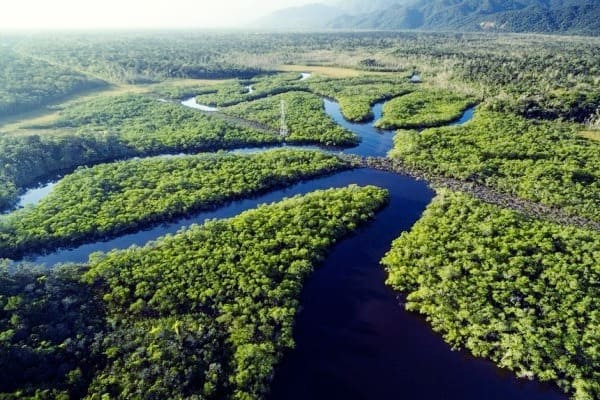
An increase in temperature of 2° C would mean the disappearance of coral reefs and the loss of very large portions of the Amazon rainforest. At the current rate we are talking about 2060 for this eventuality.
Did you know that?
With predicted warming of 3° C to 5° C by 2100, it is estimated that the malaria transmission zone could expand to reach 60% of the world’s population. Between 50 million and 80 million people could be added to the current 500 million cases.
Did you know that?
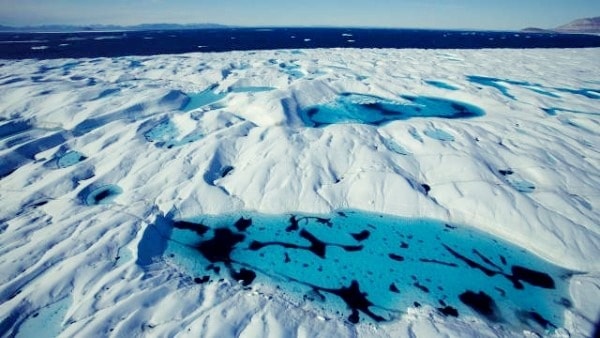
The average temperatures in the Arctic have risen almost twice as the global average over the last 100 years. Satellite data recorded since 1978 show that the average annual Arctic ice extent has shrunk by 2.7% per decade.
Did you know that?
Canada is home to about 0.5% of the world’s population but produces almost 2% of the world’s total greenhouse gas (GHG) emissions. Canadians are, therefore, among the highest per capita emitters.
Did you know that?
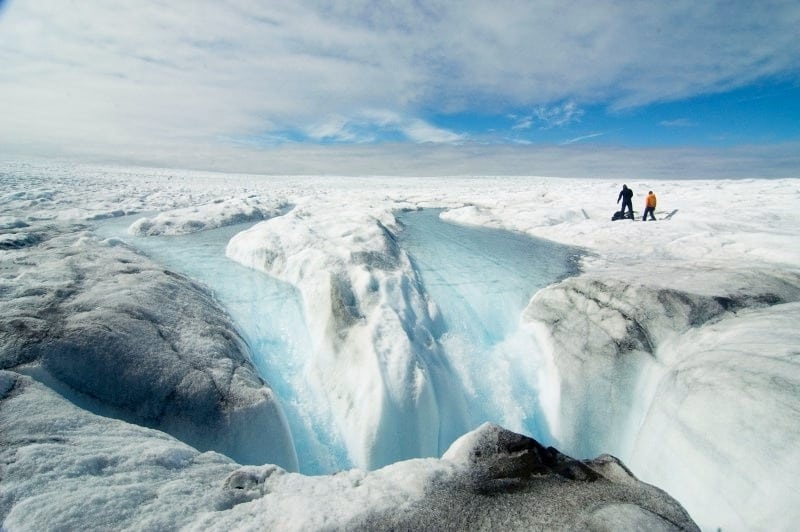
If the Greenland ice sheet would melt, the ice it contains would be enough to raise global sea levels by 6 to 7 metres.
Did you know that?
Extreme temperatures in winter and summer cause more deaths than extreme weather events such as tornadoes, blizzards and floods.
Did you know that?
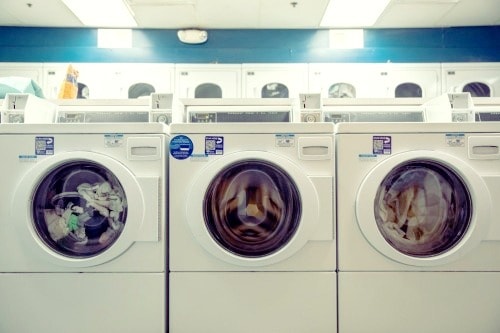
When doing laundry, 92% of the energy used is used to heat the water, and only 8% is used to run the washing machine. However, washing and rinsing clothes in cold water prevents the release of up to 225 kg of CO2 per year.
Did you know that?
It takes about two centuries (200 years) for a CO2 molecule released into the atmosphere to disintegrate. All GHGs generally take a very long time to disappear.


